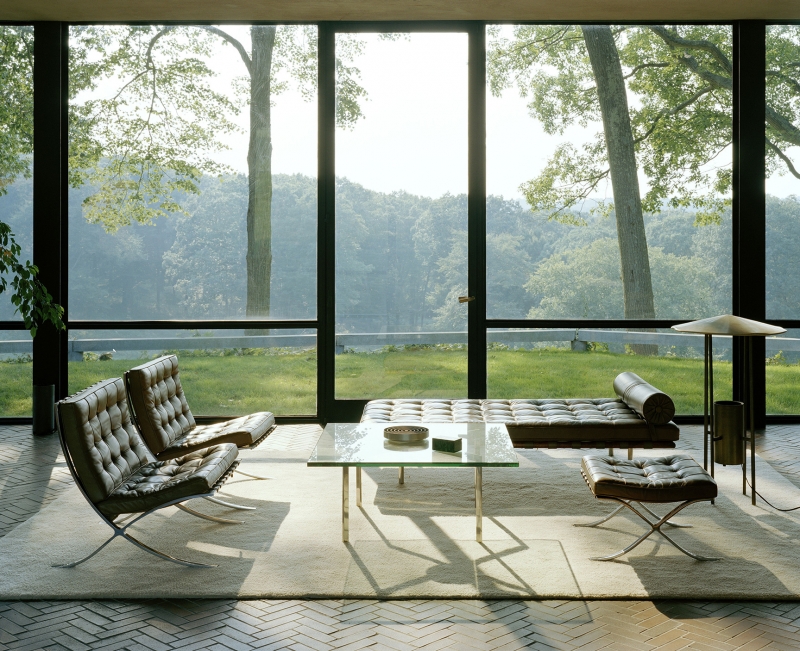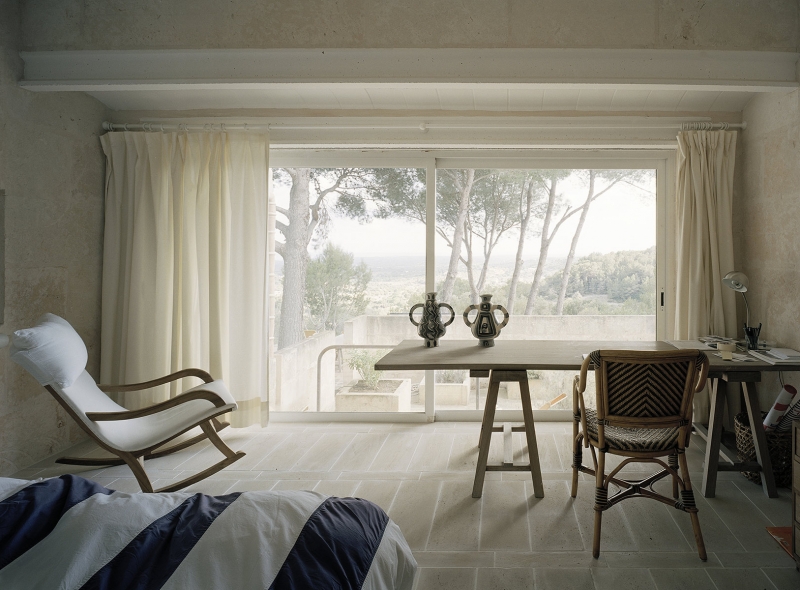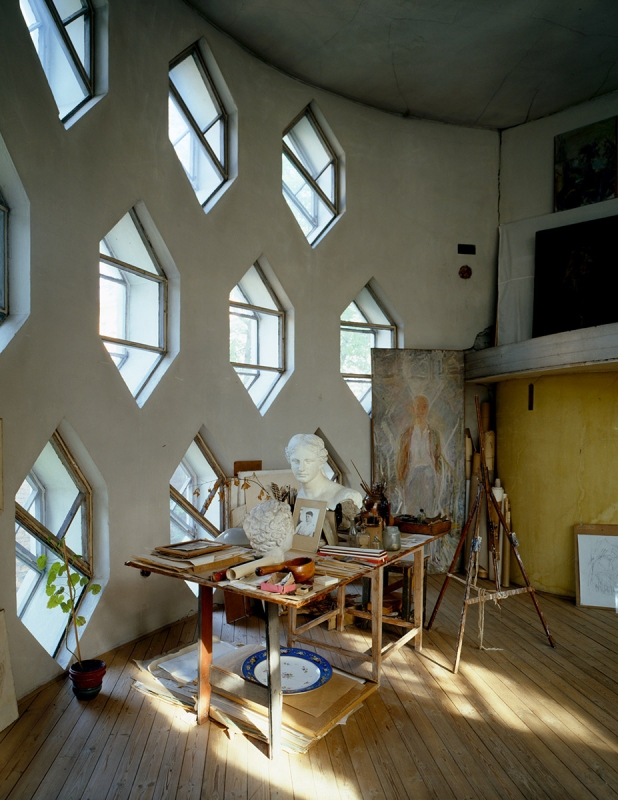- A & D
- Adiga
- Announcement
- Art contemporary
- Auto
- Cinema
- DavideDanial
- Design & architecture
- Design project
- Fashion
- Food
- Graffiti
- Guide to healty
- Humane project
- Innovations
- Interview
- Italy
- Light & Furniture
- Music
- Nature
- Nude genre
- Organic food
- Personage
- Photo PS
- Poetry
- Russia new
- Архитектура прошлого
- Классическое искусство
- Книги
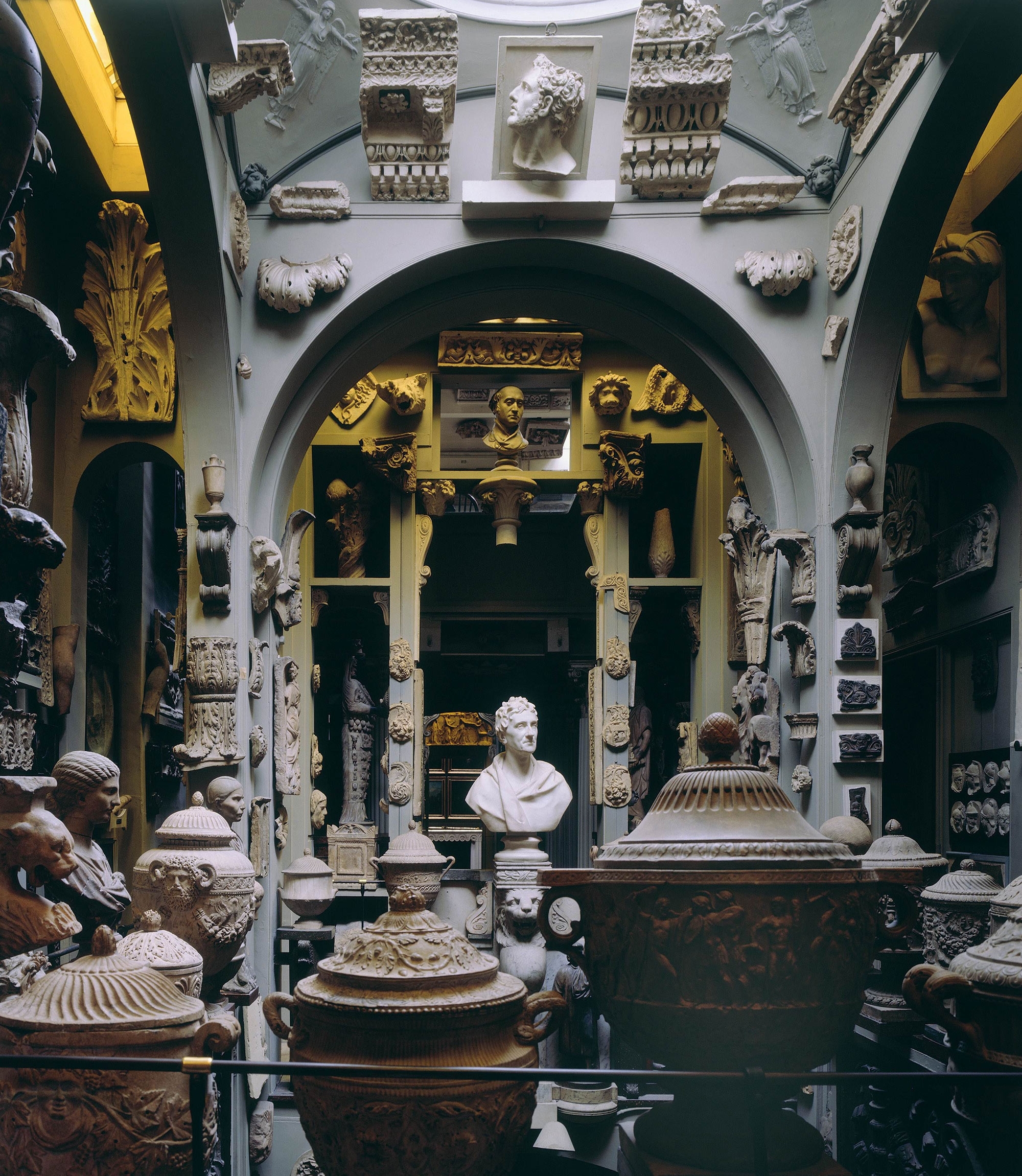
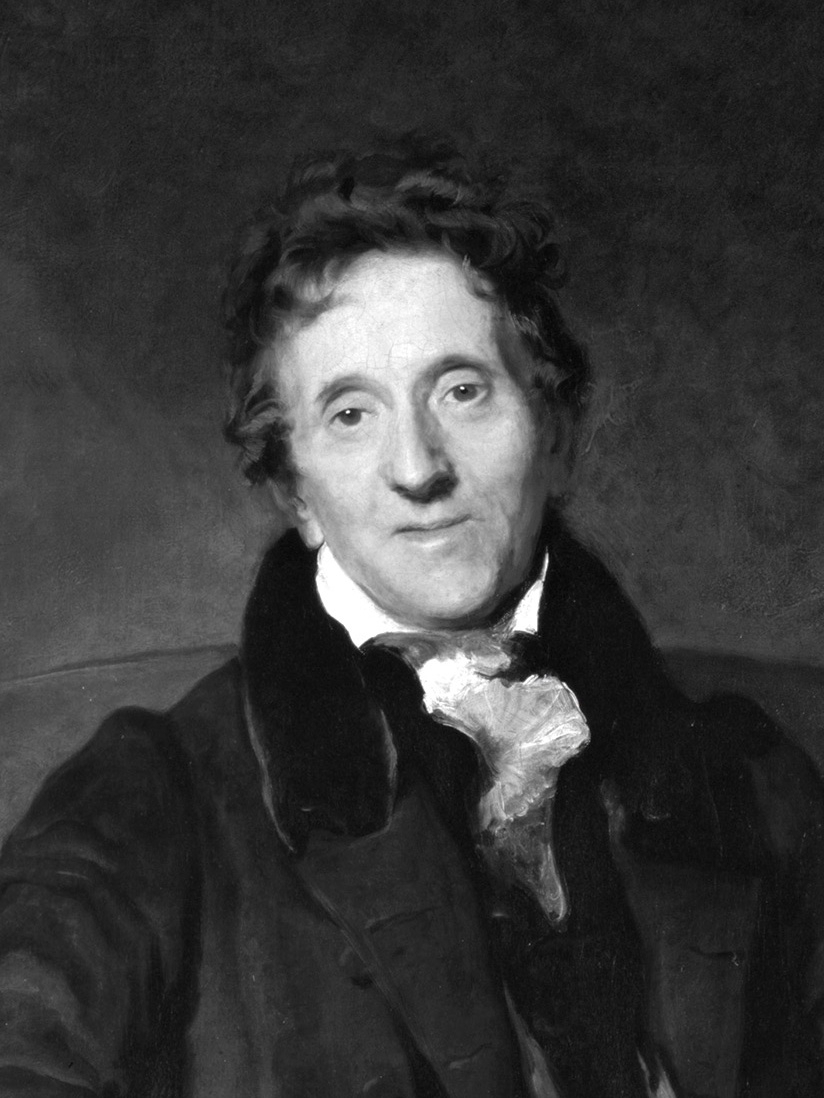
Home of John Soane
Home of John Soane 1792 - 1824
John Soane is the most unclassical of all the architects of Classicism, and his home itself is the strangest of all his creations. He gradually expanded the house as he bought up neighboring properties and reworked them. The result is a crowded and bewildering labyrinth of rooms of varying dimensions and shapes, oddly placed doors, shafts between floors and natural light streaming from unseen openings in every direction, including from below. Like every enlightened English gentleman of his time, Soane was a collector of antiques and paintings, and it was to house and display them that he kept adding new structures to the house. The displays so cover the walls of the tiny rooms that you can hardly pass through without bumping an ear or a nose into a Roman marble.
Home of Philip Johnson 1949 In 1932, Philip Johnson organized “The International Style: Architecture since 1922,” a show in New York that introduced the United States to modernist European architecture. Johnson later helped find positions in the US for the architects featured in the show. After receiving a degree in architecture, Johnson began his professional life by building his own home. The small house is the embodiment of modernism. The residential capsule is limited to a bare minimum of space, with a minimum ..
HOME OF JORN UTZON Until the 1960s, architects either sought to make their buildings as modern as possible or perhaps built by the canons of an imagined future architecture. But in the 1960s a handful of architects took a different turn and tried for buildings that would exist outside of history, buildings that might be built a thousand years hence or have been built a thousand years before. One of these attempts is Jorn Utzon’s home on Majorca. It has the simplicity of a natural formation. It uses no cement. The interior is ungarnished. There is only the bare masonry, the sun and the quiet poetry of the proportions.
All 20th-century architects built homes for themselves, all except Soviet architects, in whose country stand-alone residences ran against the powerful Socialist tide. How Melnikov managed to evade these constraints is a mystery and our good fortune that providence happened to smile on this wildest of all the dreamers of the Soviet avant-garde.
